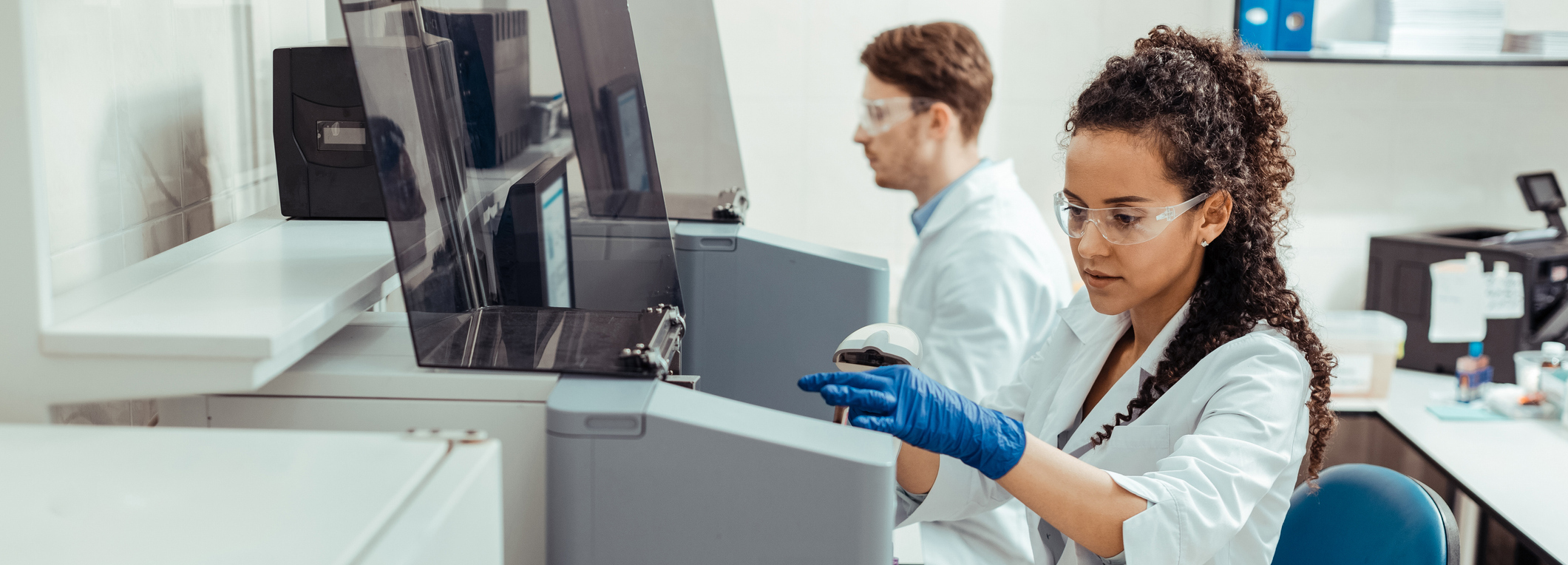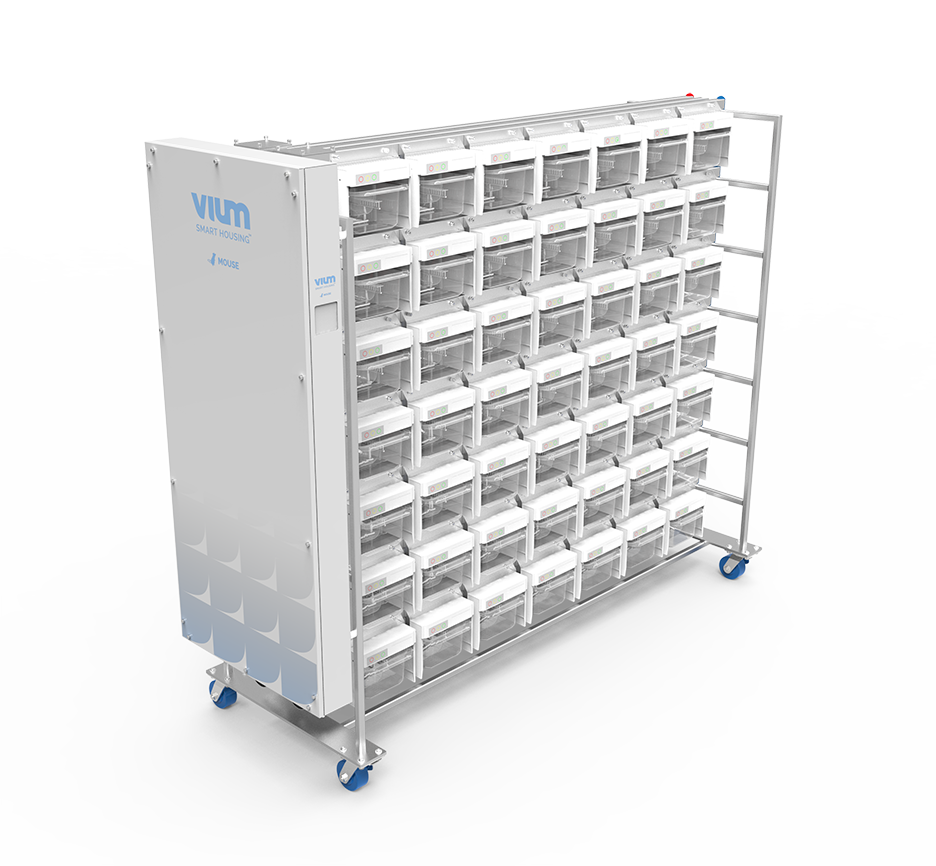
Founded in 2013, Vium is a translational medicine company focused on improving the success of drug development for pharmaceutical and biotechnology companies, academic researchers, and novel-therapeutic discovery and development labs. Its digital platform identifies physiological biomarkers that enable better decisions on which compounds should be advanced to the clinical phase.
Vium’s in vivo solutions combine computer vision, artificial intelligence, machine learning, and sensor technology to non-invasively collect and analyze physiological metrics and behaviors that help identify which digital biomarkers are the strongest indicators of disease.
BUSINESS CHALLENGE
In the multi-billion-dollar pharmaceutical industry, time-to-market is of paramount importance. But speedy drug development can’t come at the cost of safety, which is why the U.S. Food & Drug Administration creates rigorous frameworks for testing, analyzing, and evaluating the efficacy of various compounds.
Vium set out to help labs improve safety, enhance their ability to test compounds on mice, and better identify biomarkers. To achieve these objectives, the company combined computer vision, and a range of sensor technologies to monitor the cloned animals. Scientists administer a drug to mice and monitor their reactions and outcomes longitudinally over periods that can extend from days to months to years.
Like virtually every aspect of the pharmaceutical industry, the vivarium is subject to regulatory approval. According to Kevin Harada, manager of hardware for Vium, over the course of designing, developing, and deploying this high-tech housing for lab mice, Vium ran into challenges with FCC compliance.
“Vium’s hardware platform incorporates many different electronic components and edge compute elements that we designed ourselves for monitoring, calculating, and transmitting data,” he said. “But in our heavily regulated environment, we learned that our design produced levels of electromagnetic interference that could disrupt the operation of other nearby electronic devices. We needed expert assistance – and that’s why we turned to Digi.”
SOLUTION
The pressure was on the Vium hardware design team to root out the sources of offending EMI, revamp the hardware design to minimize interference, and obtain complete FCC certification. Harada explained the critical role Digi's Wireless Design Services (WDS) played. “Frankly, we were under the gun,” he said. “We hadn’t anticipated the EMI difficulties, and we needed extensive redesign work. And we couldn’t afford any delays or missteps this time. Digi’s WDS team gave us the expertise we needed to make that happen.”
Adding wireless/cellular components to a product or service can result in unexpected complexity and bring new regulatory compliance and certification issues to address. For example, some components can add interference or inadvertently act as antennas.
Digi WDS helps engineering teams develop wireless products or migrate to wireless technologies, guaranteeing that any project WDS designs from start to finish using its standard development process will meet FCC and carrier certifications.
“We first brought our system to a precertification lab,” Harada explained. “When we obtained the results, we asked Digi what needed to be redesigned and how to go about it. First, they performed a complete review of our boards. In fact, at one point, we even shipped one of our systems – that’s about 800 pounds – to their labs so they could gain a better understanding of our challenges. They completed their review and gave us specific, actionable recommendations. We repeated this process several times over the course of four or five months, and that back-and-forth engagement helped us iteratively improve our design.”
RESULTS
“I can’t say enough good things about Digi and the Wireless Design Services team,” said Harada. “They immediately committed to helping us solve our challenges and were very responsive to our needs throughout the engagement.  They have extensive experience in and familiarity with the FCC certification process, so they were able to accelerate our time-to-market.”
They have extensive experience in and familiarity with the FCC certification process, so they were able to accelerate our time-to-market.”
Vium is also preparing a new solution where Digi is providing assistance. The company is designing an injectable RFID tag that can be read from a wireless RFID reader. The tag provides important biomarkers including temperature. “These are all cloned mice, so they are very difficult to distinguish,” Harada said. “The RFID will allow researchers to positively identify each mouse and track all of them more easily.”
As that project moves forward, Harada anticipates Digi will play an important role. “Digi WDS has excellent expertise in RF issues,” he said. “A Digi design review will accelerate this project and help us avoid unnecessary pitfalls. These people know what they’re talking about and that has become a big advantage for us.”